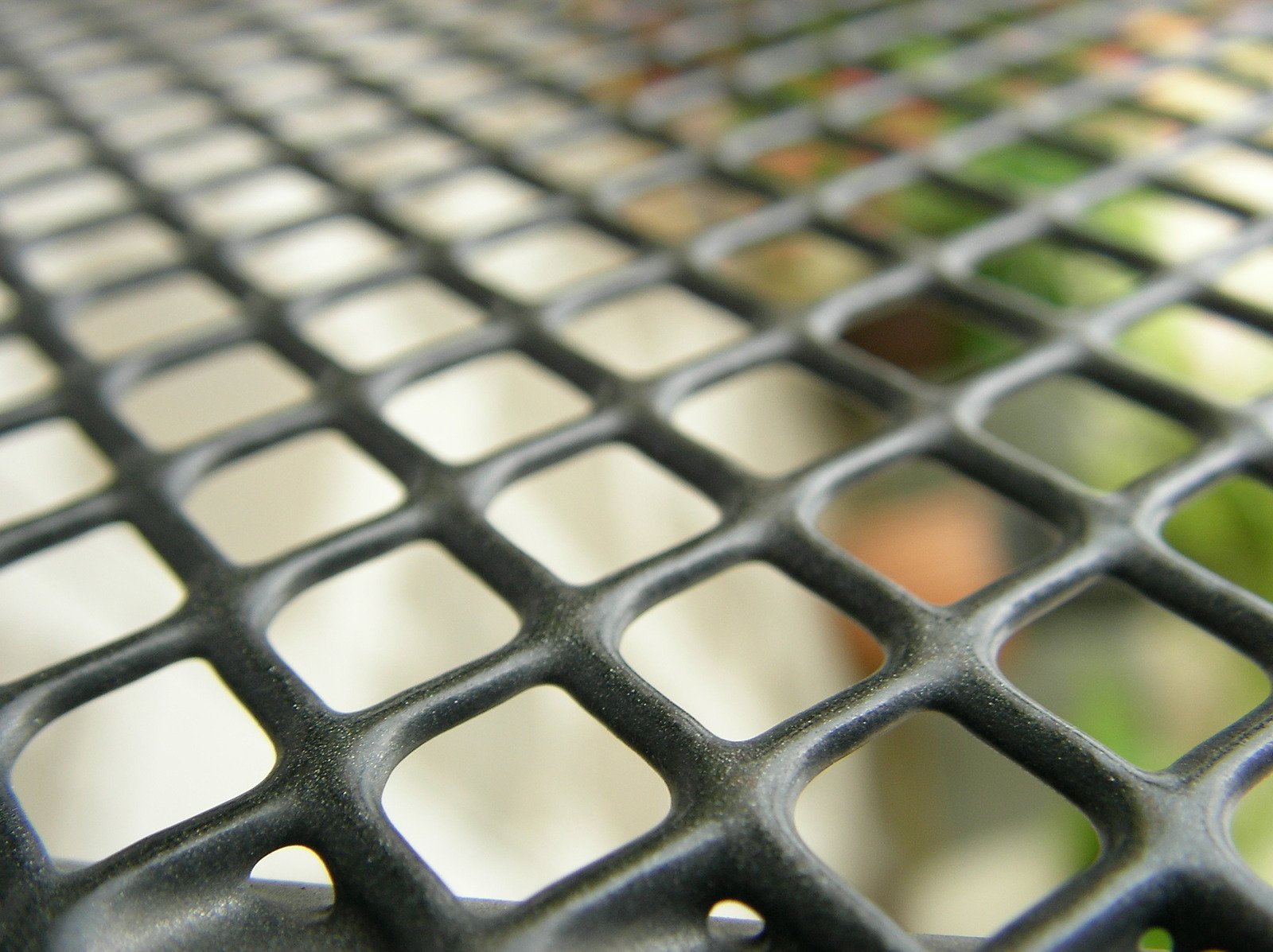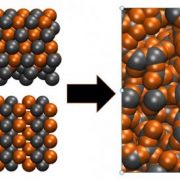Glass strength could be doubled
If someone asked you to make a list of “strong” materials, glass probably wouldn’t make the cut. We associate glass with breaking and fragility, mainly because we’ve all dropped a glass or two, with inevitable results. But researchers are making some surprising discoveries about glass strength and other qualities that just might change the way we think about glass.
New manufacturing process needed for better glass strength
Recent research conducted at Rice University showed that glass strength could be doubled if the glass production process were tweaked. There are few current applications for glass that couldn’t benefit from a little extra muscle. Stronger glass could mean better (and safer) windows, doors and windshields as well as tougher smartphone and tablet screens.
We think of glass as a solid because we usually encounter it in its solid form, but during production, glass is very much liquid. When glass is in its liquid form, the molecules in it have a random arrangement – the same as any other liquid. When glass solidifies, the molecules “harden” in this same random arrangement, unlike other solids, which usually have a more organized, crystalline pattern. This lack of an organized structure at the molecular level changes the strength of glass and explains why glass shatters and cracks randomly when it breaks. If glass molecules could be ordered when glass changes from a liquid to a solid state, the strength of the glass could be significantly improved.
Changing the way glass molecules behave actually requires more than a “tweak” to the glassmaking process. Today, most plate glass is made using the “float” method, which involves “floating” molten glass onto a bed of molten tin. By allowing the molten glass to cool slightly, the glass can be worked into specific thicknesses. Once the glass has achieved the desired thickness, it cools into the hardened glass we’re familiar with.
That approach cannot be used to line up the glass molecules into the crystalline structure needed for additional strength. A completely different process, more like the one used to deposit film layers on reflective glass, could theoretically be used to improve glass strength. Ultimately, all glass is breakable under the right conditions, but stronger glass could have a significant impact on the use of glass in architecture, electronics, automobiles and decorating.
For more information about decorating with glass, please check out the rest of our site. If you’d like to purchase Glassprimer™ glass paint, please visit our online store .
Photo Credit: Peter Marwitz, via FreeImages.com


